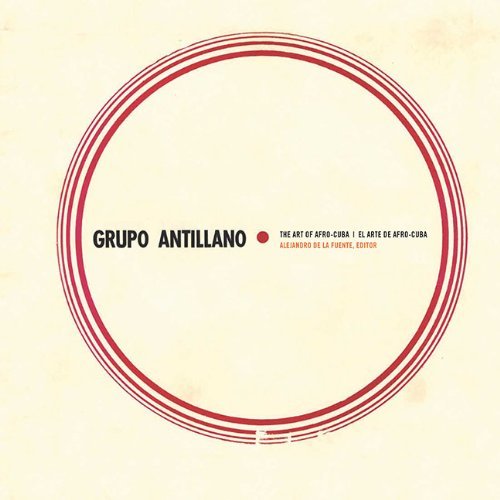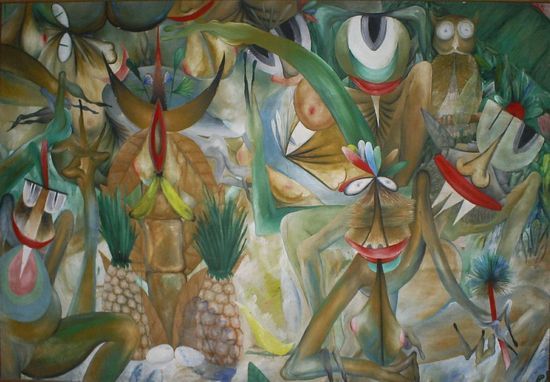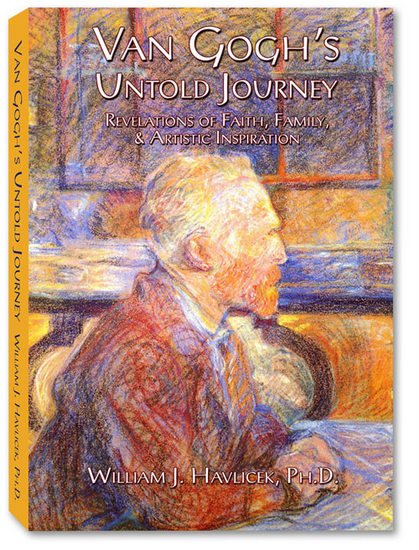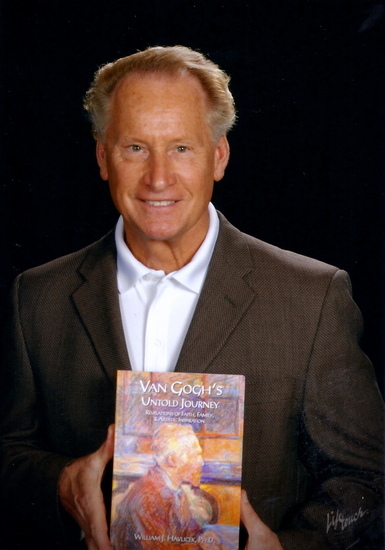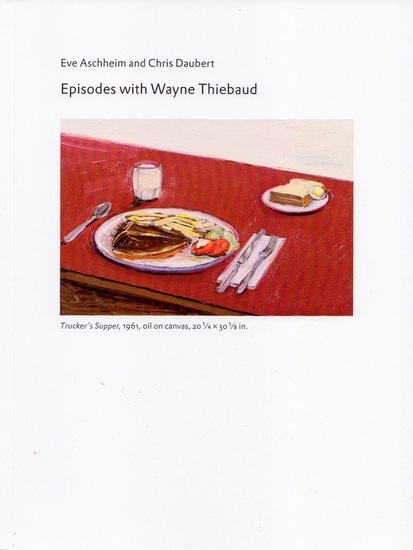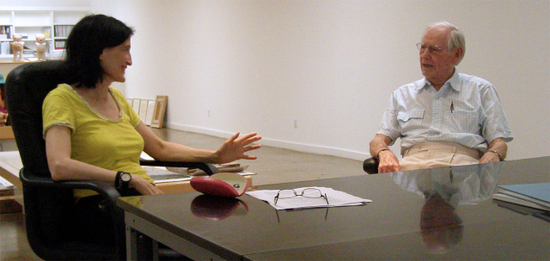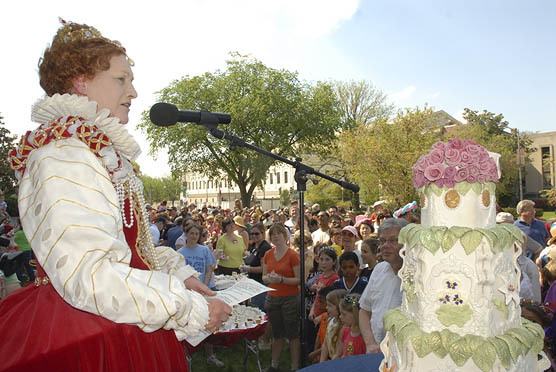The Cultural & Charitable Catch-Up: April 2014
Text & Photographs © Jill Lynne, 2014
The Society for The Prevention of Cruelty to Children, The ORPHAN TRAIN, the film "Belle" , The Faberge Egg Hunt & historical documentary...
It was last week when I was a guest of Faberge at Soho House for the private screening of the fascinating feature documentary film, "FABERGE, A Life Of Its Own". Showcasing the amazing epic history of this celebrated brand. And spanning more than 100 years, it has been released at the time of Faberge's "Big Egg Hunt."
![2014-04-24-IMG_3628.jpg]()
In Memoriam; Mark Shand at Faberge Event. April 2014
I was delighted to meet Mark Shard, Co-Founder and Chairman of the wonderful "Elephant Family" foundation (dedicated to preserving Asian Elephants and their habitat). Mark was also featured in the film.
Always an admirer of these marvelous mammals, I shared with him my epiphanal elephant tale.
Two decades ago, while en route to Southampton, in order to avoid traffic on the Long Island Expressway, I meandered off onto unknown roads. There in an empty field were six gorgeous elephants - surreal, a mystical mirage...
Curiously unafraid, I parked and walked towards them. A large female cautiously approached until we were only a few feet apart. She lifter her trunk in greeting and then we were eye-to-eye.
It was as though I was lost in an ocean of deep compassion, and sweetness - that special transcendence that may occur in inter-species communication.
Mark was in New York City to celebrate Faberge's Big Egg Hunt Auction at Sotheby's - and this he did last eve.
So it is with shock and great sadness that as I write this, I have learned of the untimely death of this lovely man - Mark Shand - a member of the British Royal Family and the brother of Camilla Bowles, Duchess of Cornwall - a man who dedicated his life to environmental world betterment.
RIP.
![2014-04-24-IMG_3626.jpg]()
Archduke Geza von Habsburg, the renowned expert on Faberge
"FABERGE, A Life of Its Own" begins in Imperial Russia with the extraordinary art of the genius creator Peter Carl Faberge, who was to become the Court Jeweler of Saint Petersburg. Awesome are the celebrated Ester Eggs produced for the Romanovs - with impeccable tiny detailing, saturated brilliant color palettes, and surprise mechanizations revealing gorgeous hidden treasures.
The curious journey of the brand itself reflects changing times, traversing history both in Russia and worldwide, to its present incarnation highlighted by glorious bejeweled jewelry and object d'art.
![2014-04-24-unnamed5.jpeg]()
Couturier Maggie Norris with her "Rosebud Corset" Egg
![2014-04-24-EGGilled1.jpeg]()
Maggie's Sketch for the "Rosebud Corset Egg Design"
The classic Faberge Easter Eggs - antique and new -are a wondrous reminder of the hopeful new spring season...
In the USA, there is an apparent duality in our feelings toward, and treatment of, children.
Although extraordinary funds are lavished on children - in the form of pricey gifts, posh fashion, fabulous toys and competitive super-education with regal after-school activities, the alarming incidence of child abuse - including sexual abuse - is skyrocketing!
Apropos, I recently attended the Spring Luncheon for The New York Society for the Prevention of Cruelty to Children (NYSPCC), the world's first child protection agency, at The Pierre Hotel.
April is National Child Abuse Prevention Month, and the Spring Luncheon program focused on this theme, the prevention of child sexual abuse.
The afternoon program was hosted by NBC News' National Correspondent, Kate Snow, and featured Aaron Fisher, nationally known as "Victim 1" in the incendiary Jerry Sandusky child abuse case, his mother, Dawn Hennessy, and his psychologist, Michael Gillum. Together they participated in a panel discussion with The NYSPCC Executive Director, Dr. Mary Pulido. The three panelists co-authored the book, "Silent No More, Victim 1's Fight For Justice Against Jerry Sandusky".
Aaron Fisher has become an inspiration to victims of child sexual abuse - having the courage to bear witness to the Penn State tragedy, speaking up against abuse, and urging parents to listen to their children. Now twenty years old, Aaron is dedicated to helping victims worldwide.
![2014-04-24-DSC00224.JPG]()
"Victim 1", Aaron Fisher with his Mother Dawn Hennessy
![2014-04-24-DSC09999.JPG]()
Supporters of the Society For The Prevention of Cruelty to Children, Joy Marks, Kathleen Giordano, Dr. Penny Grant, and Alexandra Fairweather
![2014-04-24-DSC00219.JPG]()
Charitable Luncheon Attendees Cynthia Maltese flanked by Guy Clark and Harrison Morgan
Titanic Waifs reunited with their families by the NYSPCC
In one famous case of the "titanic waifs" the Society reunited children in NYC with their families in Europe.
This as I am reading an interesting new book, "THE GIRL WHO CAME HOME, A Novel of The Titanic" by Hazel Gaynor. Historically-based, the story which is a close-up-and-personal of the effects of the disaster centering around the Addergoole 14 - young members of a church parish in County Mayo, Ireland, who set sail on the RMS with high hopes for a brighter future.
However, in regard to the treatment of children, it is the riveting, historically based novel The "ORPHAN TRAIN" by Christina Baker Kline, which is disturbingly haunting.
![2014-04-24-OrphanTrain_coverhighrsJPG.jpeg]()
Cover, The ORPHAN TRAIN
Since my late mother, a Medical Social Worker, - with Master's Degrees from Columbia University and NYU - worked with many well-regarded NYC social welfare organizations, including The Children's Aid Society, I was shocked to learn that these horrific "trains" were organized under their aegis.
"Orphan Trains" operated - between 1859 - 1929 - arranging for and transporting over 200,000 children - who were ostensibly underserved, abandoned, homeless and/or orphaned - wee babes through teens. These children were taken from NYC to the Midwest where , unprepared, they were sent into unfamiliar surroundings and the majority forced into the equivalent of unpaid "indentured servitude".
The "orphans "were loaded onto the trains, barely fed during their arduous journeys, paraded out at train depots for bodily inspection and scrutiny - much as in slave markets.
With siblings frequently separated, the children were deprived of their family, possible contacts, personal histories, their individual culture and traditions -- much as in the infamous American Indian Schools.
This little known ignominy in American history, was until recently swept under the veritable carpet. It is important that this hidden chapter has finally been brought to light so that that the children - frequently new Irish and Italian immigrants - will be honored and remembered.
![2014-04-24-03B01973.jpg]()
Dido Elizabeth Belle with her cousin Lady Elizabeth Murray
Also historically based, is "BELLE", a new film from Fox Searchlight. Centered on the story of the illegitimate, mixed-race Dido Elizabeth Belle, raised in England during the late 1700s in the aristocratic home of William Murray, 1st Lord of Mansfield, Lord Mansfield (portrayed by masterful actor, Tom Wilkinson) There she suffers a searing dichotomy of treatment - from enjoying select privileges of her class while simultaneously deprived of such common courtesies as dining with her adoptive family.
![2014-04-24-B02594.jpg]()
Lord Mansfield's Aristocratic Family with Lady Mansfield played by Emily Watson
This compelling tale is also set at a time of legal significance when the Zong racial massacre has become apparent. Mansfield's ruling in England's Supreme Court is of utmost legal import, with his ruling in the Supreme Court of England credited as a critical step toward ending slavery.
![2014-04-24-IMG_3634.jpg]()
Easter Promise, Bank Street Stoop Decor
All Photographs (c) Jill Lynne,2014, available for Purchase.
Contact: Jill Lynne1@ mac.com www.JillLynne.com









